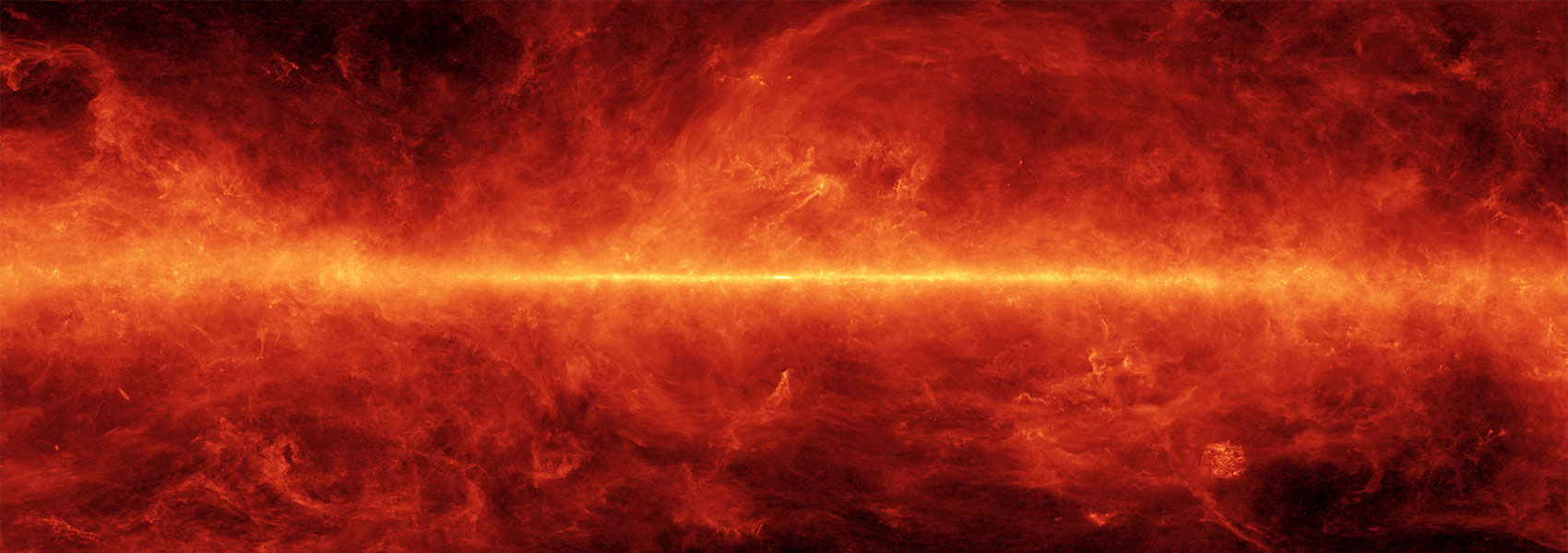
A Census of the Deep Radio Sky with the VLA. I. 10 GHz Survey of the GOODS-N Field
September 2024 • 2024ApJ...972...89J
Abstract • We present the first high-resolution, high-frequency radio continuum survey that fully maps an extragalactic deep field: the 10 GHz survey of the Great Observatories Origins Deep Survey-North (GOODS-N) field. This is a Large Program of the Karl G. Jansky Very Large Array (VLA) that allocated 380 hr of observations using the X-band (8–12 GHz) receivers, leading to a 10 GHz mosaic of the GOODS-N field with an average rms noise σ n = 671 nJy beam‑1 and angular resolution θ 1/2 = 0.″22 across 297 arcmin2. To maximize the brightness sensitivity we also produce a low-resolution mosaic with θ 1/2 = 1.″0 and σ n = 968 nJy beam‑1, from which we derive our master catalog containing 256 radio sources detected with peak signal-to-noise ratio ≥ 5. Radio source size and flux density estimates from the high-resolution mosaic are provided in the master catalog as well. The total fraction of spurious sources in the catalog is 0.75%. Monte Carlo simulations are performed to derive completeness corrections of the catalog. We find that the 10 GHz radio source counts in the GOODS-N field agree, in general, with predictions from numerical simulations/models and expectations from 1.4 and 3 GHz radio counts. * https://science.nrao.edu/science/surveys/vla-x-gn/home
Links


